The sizzle of beef over an open flame, the smoky aroma drifting through the warm December air—this is the unmistakable sign of an Argentine Christmas. Asado, the country’s revered barbecue tradition, takes center stage during the holidays, but achieving the perfect doneness is an art form steeped in cultural pride and technical mastery. Unlike the hurried grilling common in other parts of the world, Argentine Christmas烤肉 is a slow, deliberate ritual where—the precise control of heat and timing—dictates everything.
In Argentina, Christmas falls during the height of summer, and families gather outdoors in backyards or open patios, where the parrilla (grill) becomes the heart of the celebration. The asador (grill master) is both chef and conductor, orchestrating the fire’s temperament with an almost scientific precision. Hardwood charcoal or quebracho logs are favored for their steady, even burn, but the real secret lies in managing the distance between the glowing embers and the meat. Too close, and the exterior chars before the interior cooks; too far, and the meat dries out, losing its succulence.
The cuts of beef—short ribs, flank steak, and the iconic vacío (flank steak)—are chosen for their marbling and thickness, ensuring they withstand the long, slow cook. Salt is the only seasoning applied before grilling, a minimalist approach that underscores the quality of the meat itself. The asador judges by intuition honed over years, using hand tests or simply observing how the fat renders and drips onto the coals. A well-timed flip is critical; each turn must coincide with the meat’s internal rhythm, not the clock.
What sets Argentine Christmas apart is the concept of "punto," the ideal doneness. Unlike the Western preference for precise internal temperatures, Argentines describe in sensory terms: "jugoso" (juicy, medium-rare), "a punto" (perfect, medium), or "cocido" (well-done). The asador might press a finger to the meat, comparing its resistance to the fleshy part of a palm, or slice into a thicker cut to check the gradient of pink. For holiday gatherings, the meat is often served slightly rarer than usual, as it continues to cook off the grill while being passed around the table.
The social aspect of is equally vital. Christmas asado is never rushed; it unfolds over hours, with appetizers like choripán (chorizo sandwiches) bridging the wait. Wine flows freely, and conversations meander as the fire’s heat works its magic. This languid pace isn’t inefficiency—it’s a celebration of togetherness, where the act of waiting becomes part of the feast. The asador’s ability to read the room—knowing when to pause for a toast or speed up for hungry children—is as crucial as reading the fire.
Regional variations add nuance to. In the Pampas, where cattle ranching dominates, the preference leans toward deeper char and slower cooking, while in urban Buenos Aires, gas grills might supplement wood for convenience without sacrificing technique. Yet everywhere, the Christmas asado remains a testament to patience. Even the chimichurri—a vibrant sauce of parsley, garlic, and vinegar—serves a purpose beyond flavor: its acidity cuts through the richness of meat cooked at just the right.
To outsiders, the Argentine obsession with might seem excessive. But for locals, it’s inseparable from the holiday’s spirit. A perfectly cooked Christmas asado isn’t just food—it’s a gift of time, skill, and shared heritage, where every bite carries the warmth of the fire and the hands that tended it.
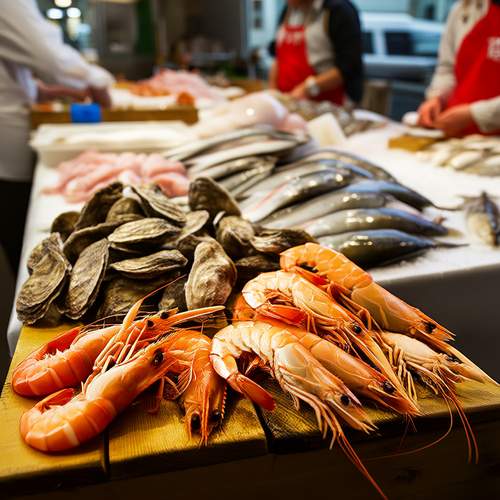
By /May 26, 2025
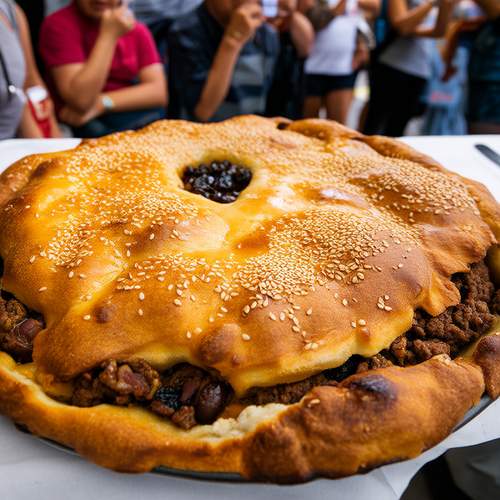
By /May 26, 2025
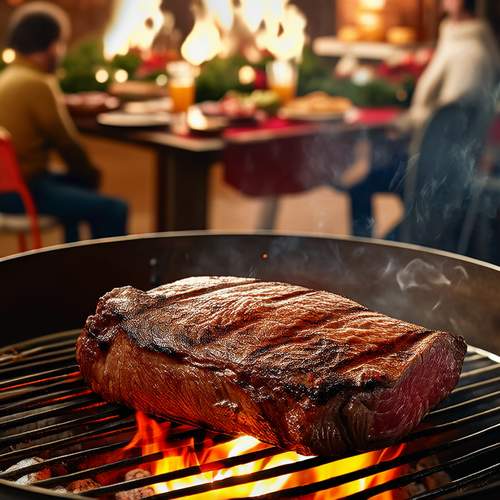
By /May 26, 2025
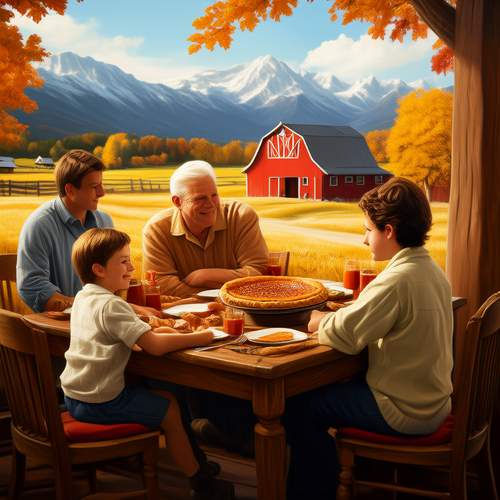
By /May 26, 2025
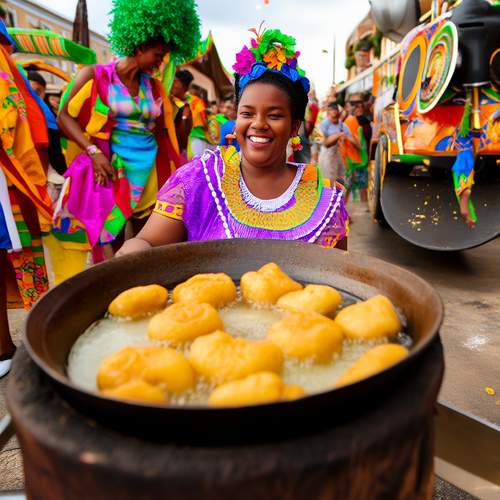
By /May 26, 2025
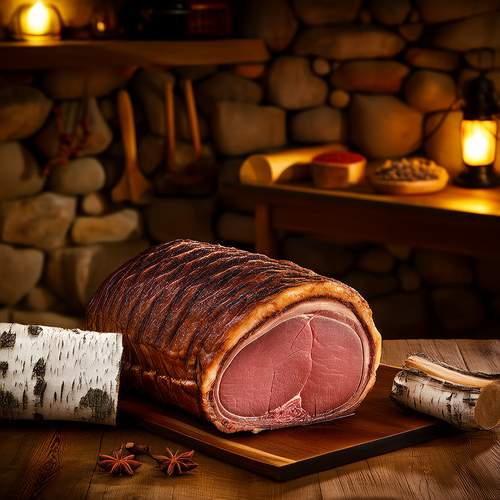
By /May 26, 2025
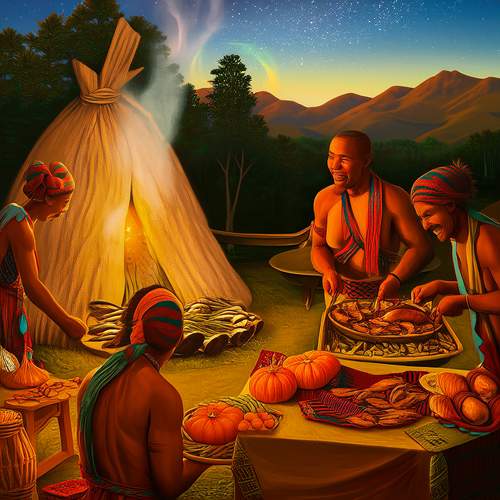
By /May 26, 2025

By /May 26, 2025
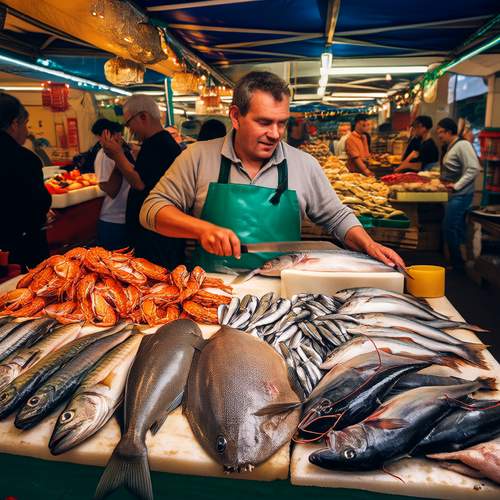
By /May 26, 2025
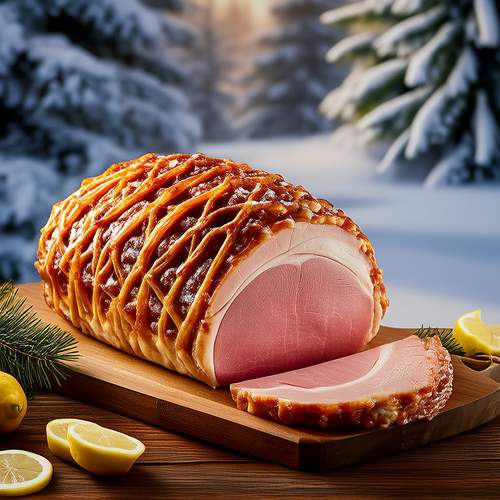
By /May 26, 2025
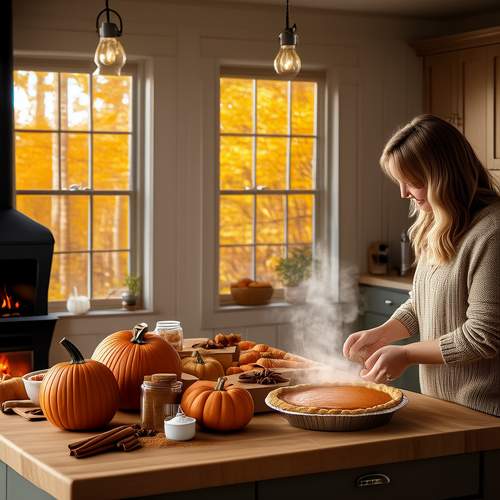
By /May 26, 2025
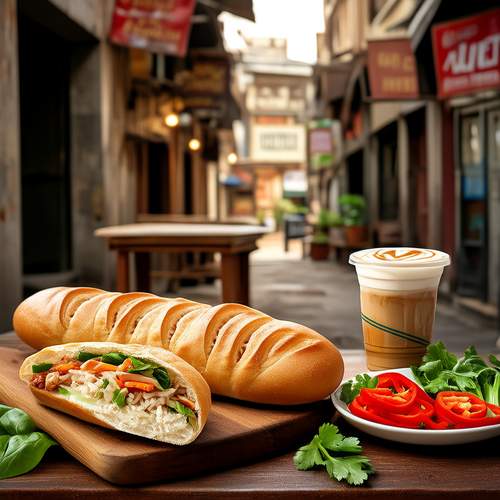
By /May 26, 2025
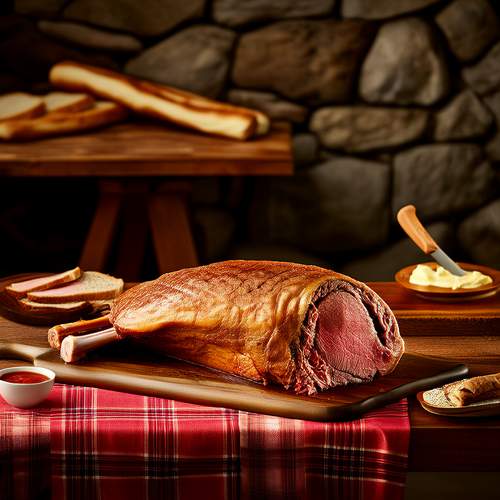
By /May 26, 2025
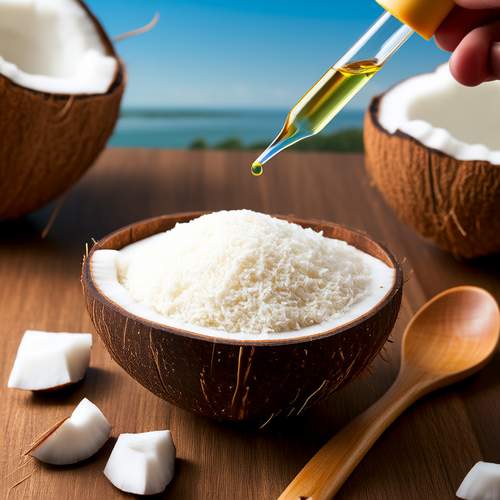
By /May 26, 2025
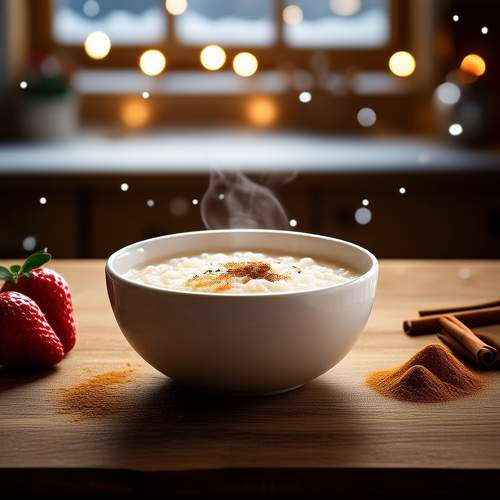
By /May 26, 2025

By /May 26, 2025
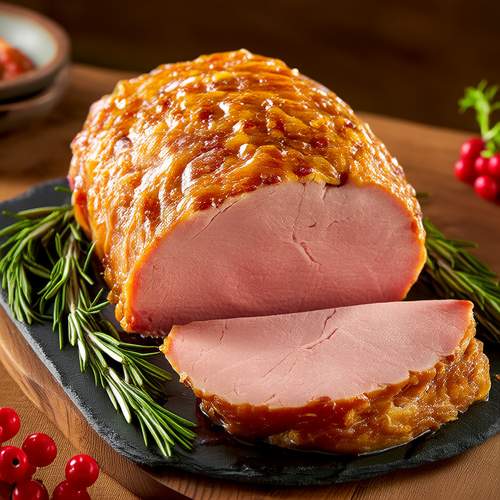
By /May 26, 2025